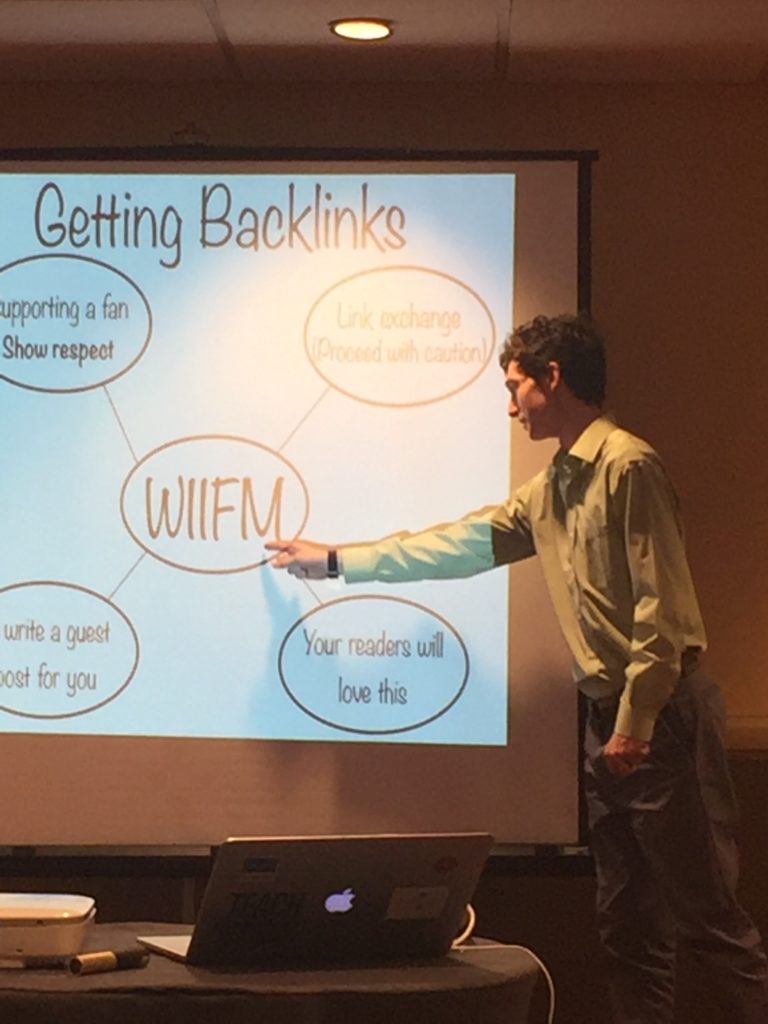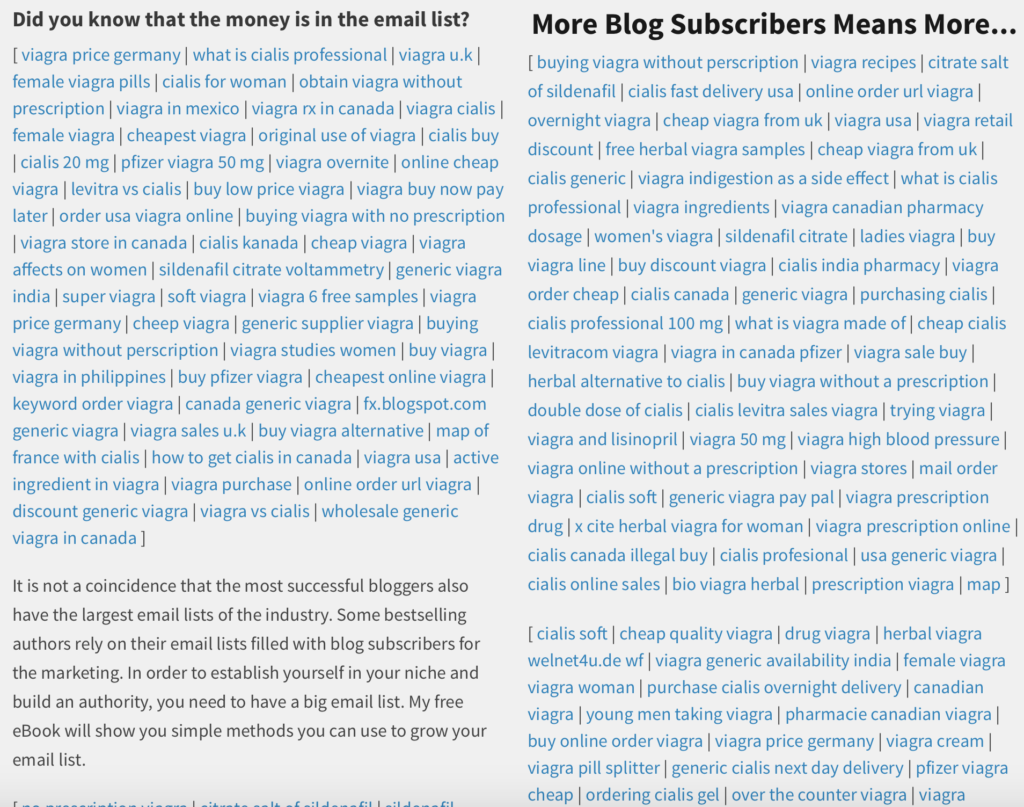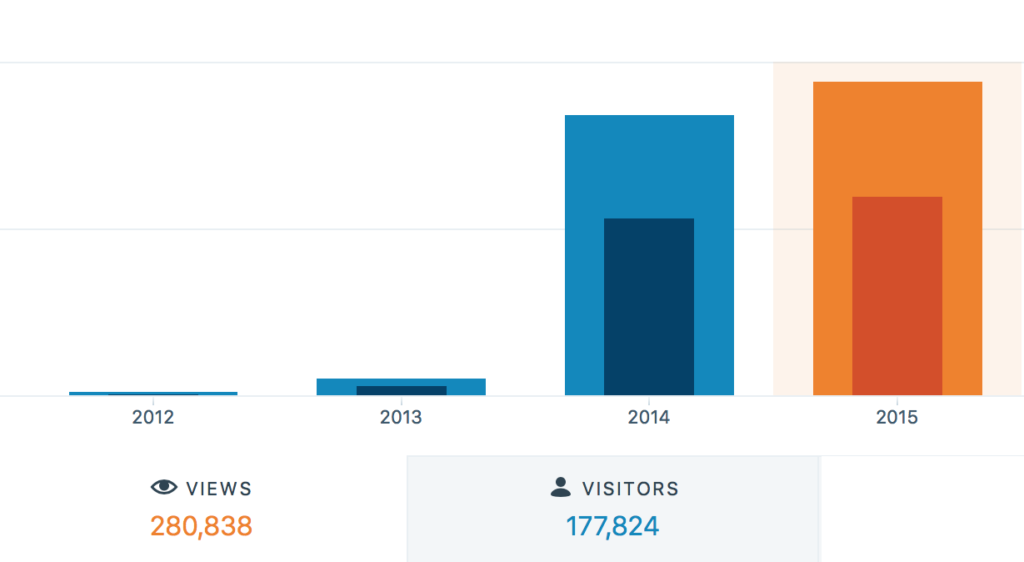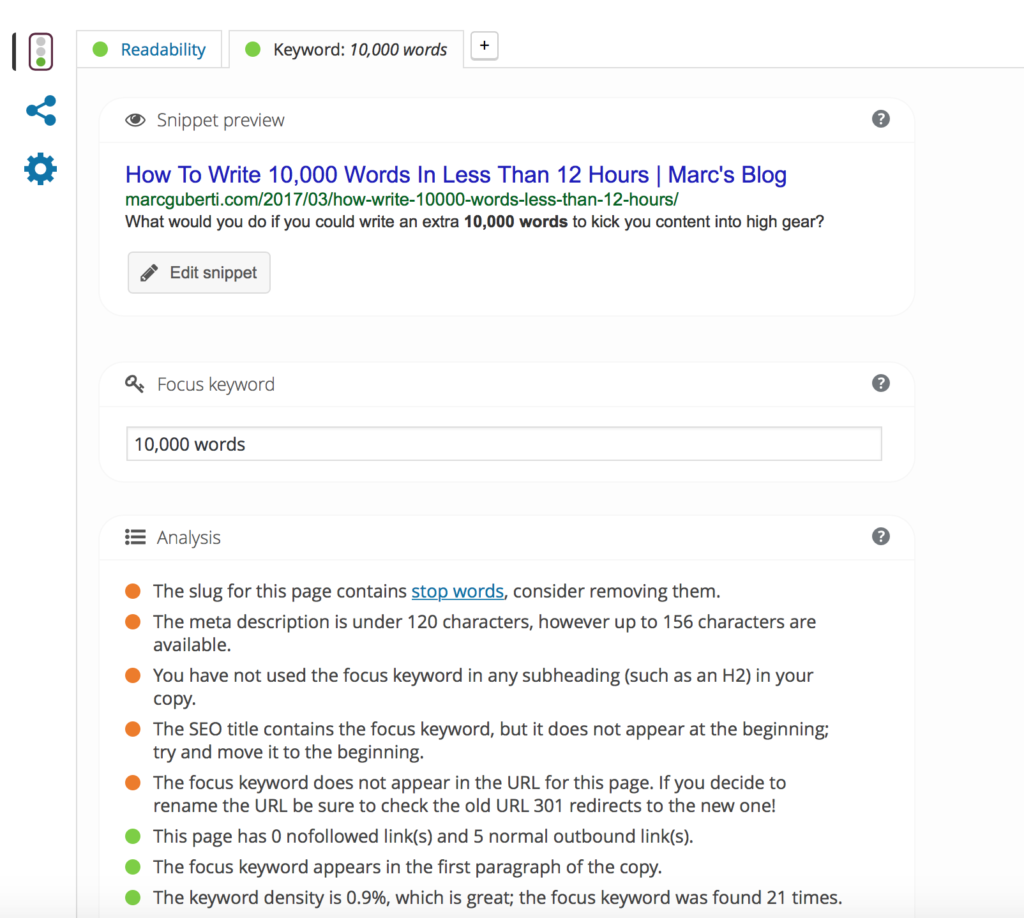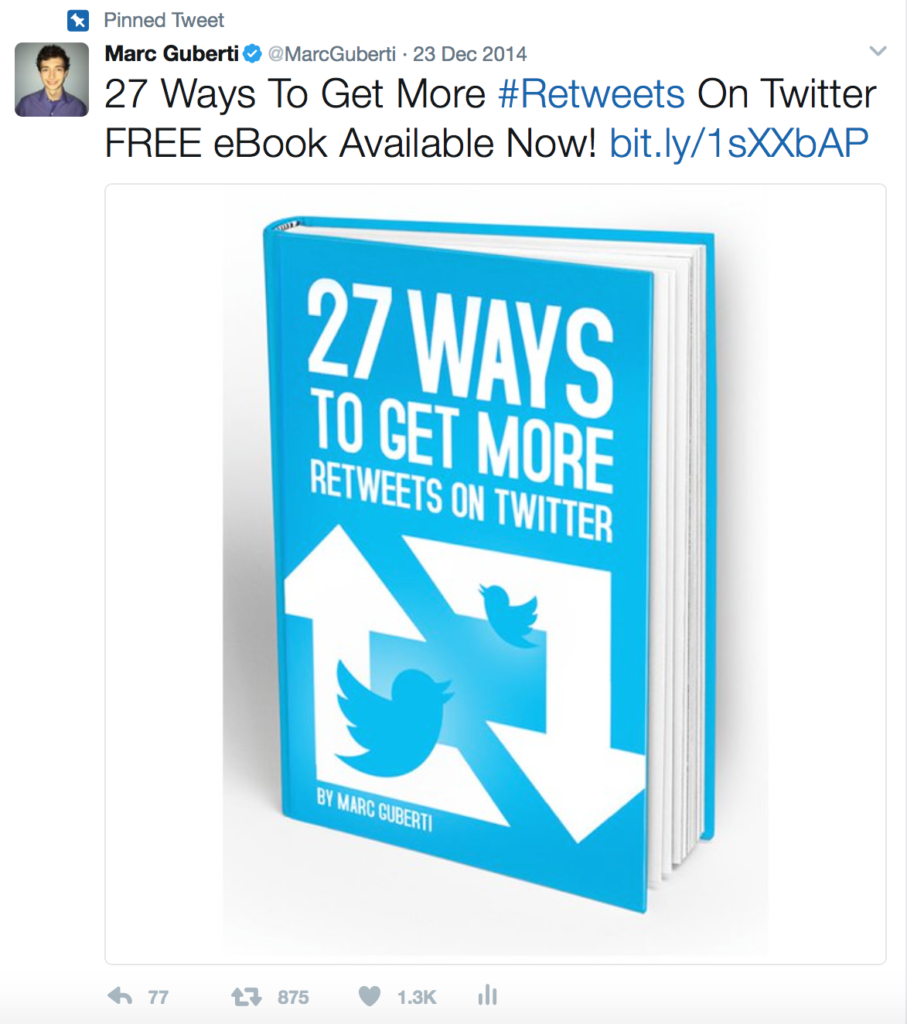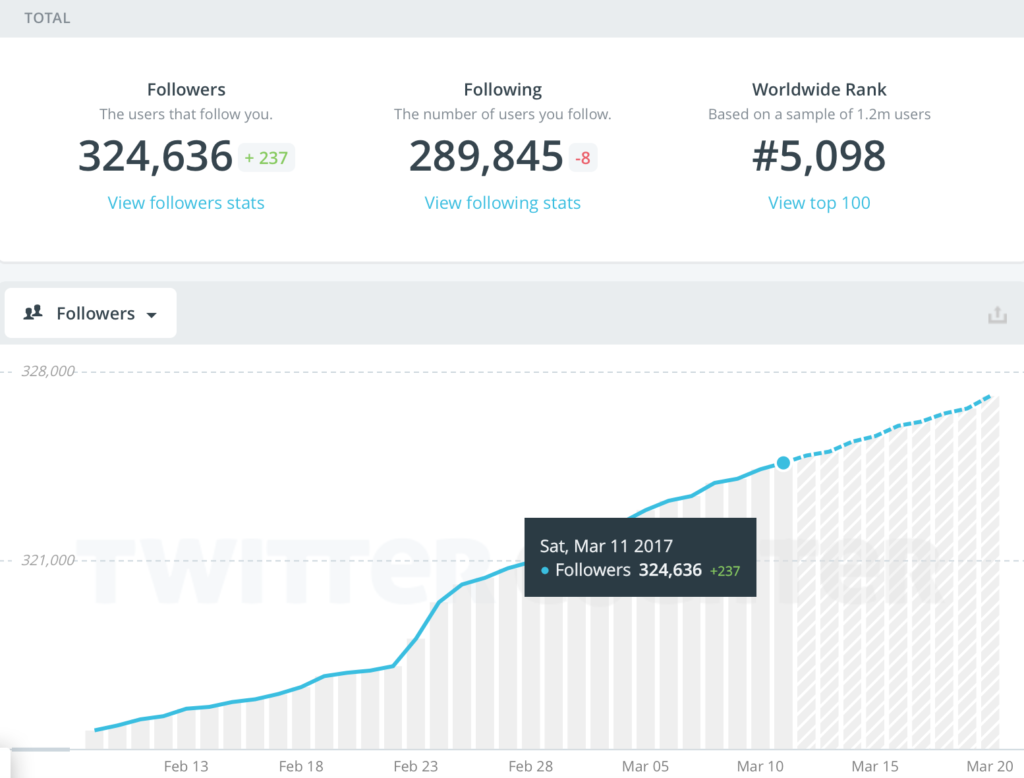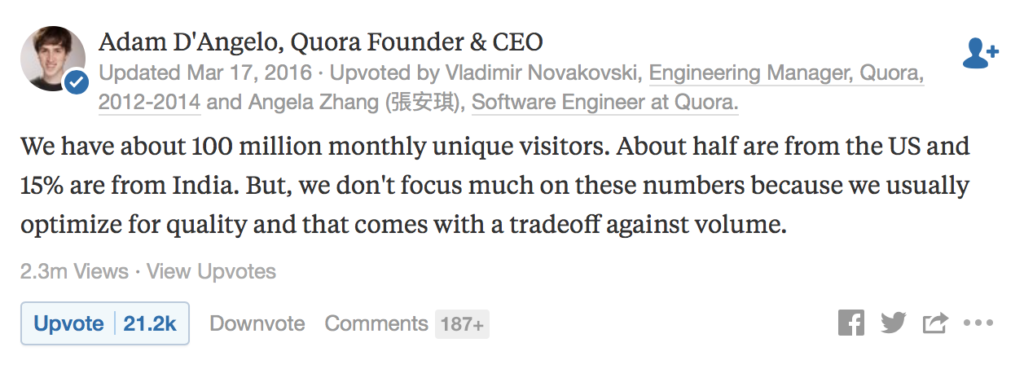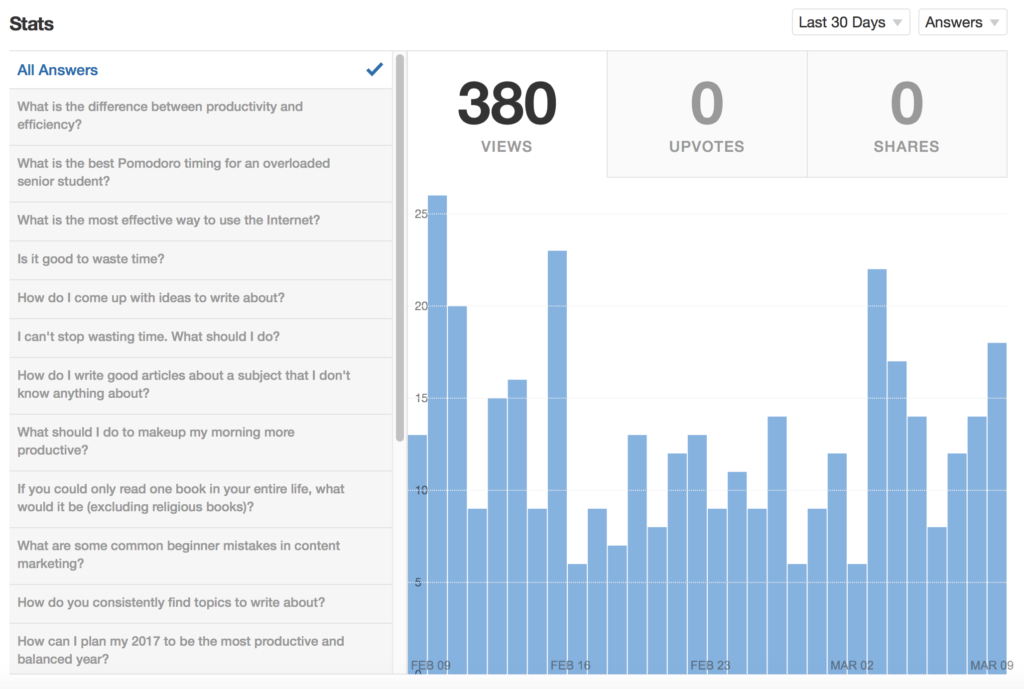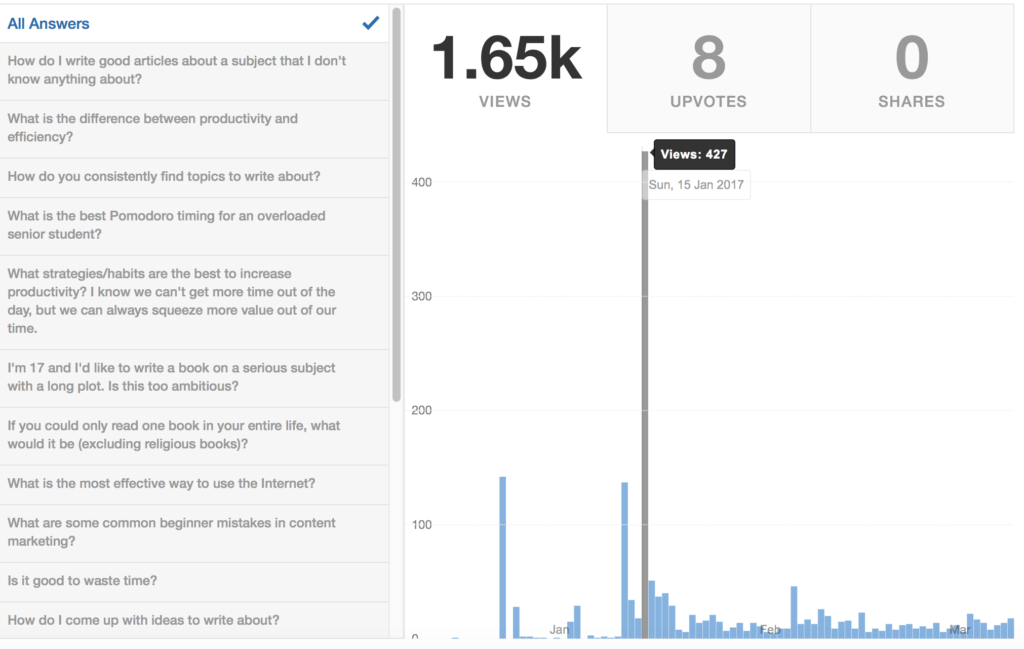Want to know how to grow a targeted Instagram audience that will expand your brand’s reach. In this episode, Ksenia Avdulova shares the insights you need to take your Instagram account to the next level.
Ksenia is the mastermind behind Breakfast Criminals, a global movement with a goal to inspire people in every part of the globe to start every day with love, one acai bowl at a time. Her life mission lies in connecting people to their hearts through healing food, public speaking engagements, tribal gatherings, and daily Instagram posts infused with soulful messages.
Ksenia used Instagram to promote what started as her “passion project,” and now has over 70,000 followers on the platform. Striking partnerships on Instagram allowed her to see the business model behind her work, and she’s been running with it ever since.
In this episode, we’ll explore Ksenia’s success and how she build a targeted community that actively engages with all of her Instagram pictures.
“I set an example, that’s the best way to get anyone to do anything.” —Ksenia Avduolva
Learn:
—How Ksenia grew a targeted audience
—How to strengthen your Instagram community
—How to come up with Instagram ideas
—How to prepare your image for the Instagram spotlight
Key Links from the Show:
breakfastcriminals.com – The Breakfast Criminals website
Breakfast Criminals’ Instagram—@breakfastcriminals
